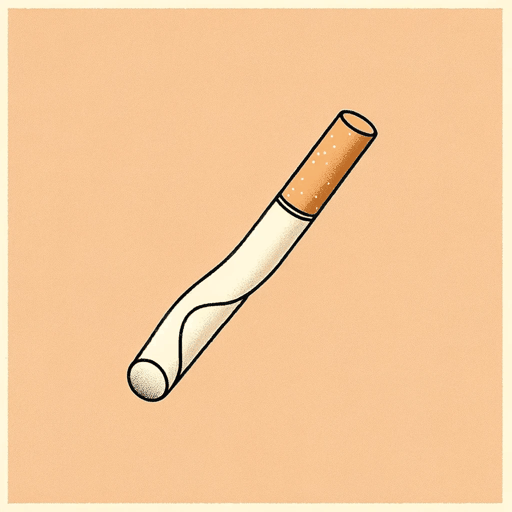24 pages • 48 minutes read
David SedarisGo Carolina
Nonfiction | Essay / Speech | Adult | Published in 2000A modern alternative to SparkNotes and CliffsNotes, SuperSummary offers high-quality Study Guides with detailed chapter summaries and analysis of major themes, characters, and more.
Background
Sociohistorical Context: Being Gay in the 1960s South
Growing up in the 1960s South as a gay young man was perilous. Public sentiment was overwhelmingly negative, and the government often used the term “deviant” in referring to gay people, as Eric Cervini documented in his 2020 book The Deviant’s War: The Homosexual Versus the United States of America (a Pulitzer Prize finalist). Thousands of civil services and military personnel were dismissed due to rules against gay behavior. A “lavender scare” outed closeted gay people and increased discrimination. In the early 1950s, Congress passed an act “for the treatment of sexual psychopaths” in the nation’s capital, facilitating the arrest and punishment of people who acted on same-sex desires and labeling them mentally ill” (Adkins, Judith. “‘These People Are Frightened to Death’: Congressional Investigations and the Lavender Scare.” Prologue Magazine, vol. 48, no. 2, 2016). Further investigations into gay sexual orientation during that time forced gay men into both literal and figurative hiding. It was a tumultuous time for gay men, especially in the South, where prevailing attitudes held that men must be “men” and discouraged activities seen as “feminine.”
Laws targeting gay sexual orientation date back to colonial times and were often defined as sodomy laws, or laws making anal intercourse illegal.
Related Titles
By David Sedaris

Calypso
David Sedaris

Dress Your Family in Corduroy and Denim
David Sedaris

Let's Explore Diabetes With Owls
David Sedaris

Me Talk Pretty One Day
David Sedaris

Naked
David Sedaris

Squirrel Seeks Chipmunk
David Sedaris

When You Are Engulfed in Flames
David Sedaris
Featured Collections
Coming-of-Age Journeys
View Collection
Community
View Collection
Contemporary Books on Social Justice
View Collection
Diverse Voices (High School)
View Collection
Education
View Collection
Essays & Speeches
View Collection
LGBTQ Literature
View Collection
Memoir
View Collection
Pride Month Reads
View Collection
YA Nonfiction
View Collection

